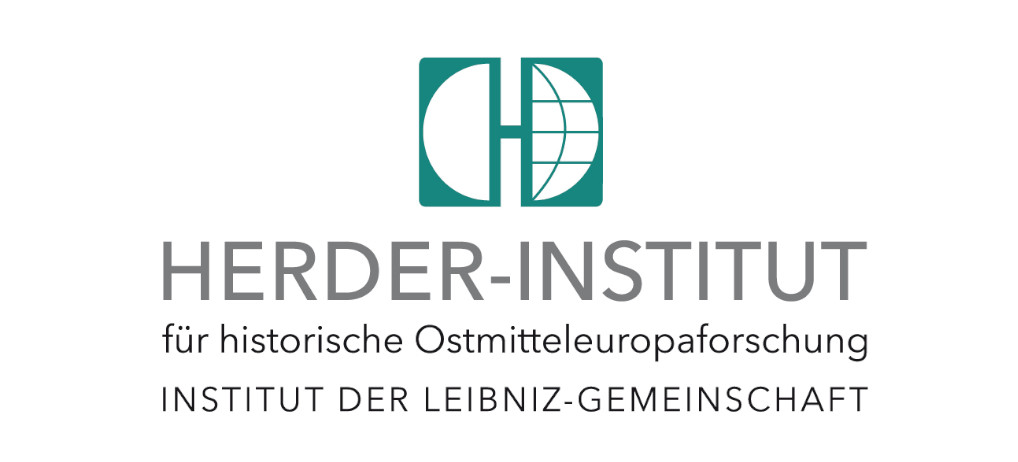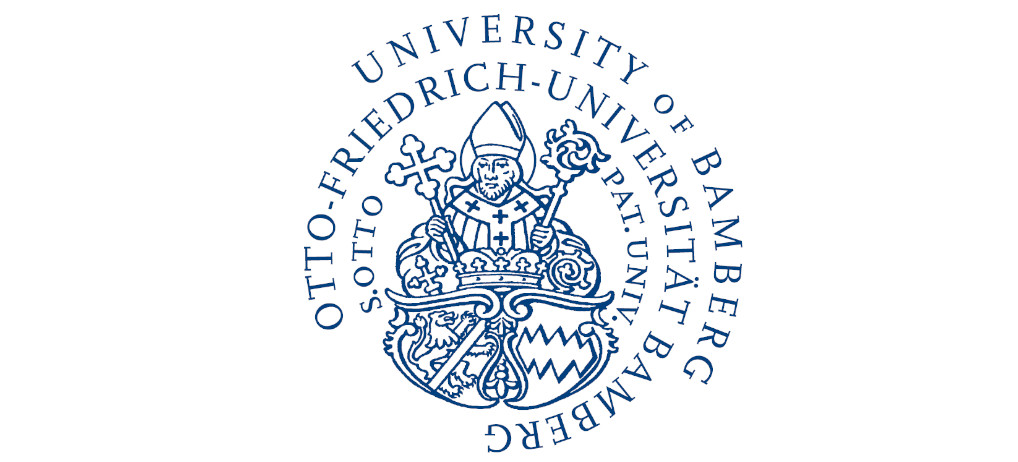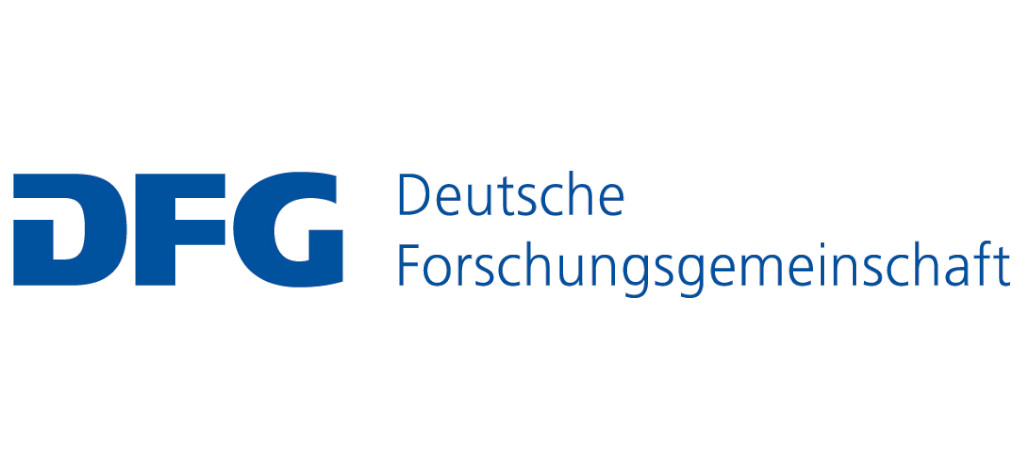Main Content
Subproject B02
Architectonic and Visually Mediated Conceptions of Security in the Early Modern Period
1. Funding period (2014-2017)
The subproject turns to ideas and perceptions of security, which in the early modern period were constituted and represented in a special way by architecture and visual media. For the planning and creation of external and internal security, architecture in the Old Empire was of considerable importance for the defense against warlike threats and the securing of public spaces (city and countryside) as well as private spheres of life. The rationality of new forms of fortification, the geometrically defined bastionary system, not only determined the expertise of architects and engineers, it also shaped the image of the prince as a knowledgeable warlord. In addition to the specific architectures, the subproject will also examine the image media, their symbolic use in the context of political-social communication, and the security discourses that accompanied them until the end of the 18th century. The basic assumption is that security occupied an important place within the framework of symbolic communication and that the visualization of security made use of architectural signs and various image media. From a methodological point of view, it is crucial that the design, perception, and use of architectures, spaces, and visual media not only enabled purposeful actions, but also possessed semiotic qualities that presupposed a communicative context. The construction of buildings and the accompanying use of different image media always remained embedded in conflict potentials and decision-making processes in which the security interests of individual social groups and political institutions were articulated.
Inhalt ausklappen Inhalt einklappen Members
Subproject Head
Prof. Dr. Ulrich Schütte
Research Assistant
Jessica Lingert



